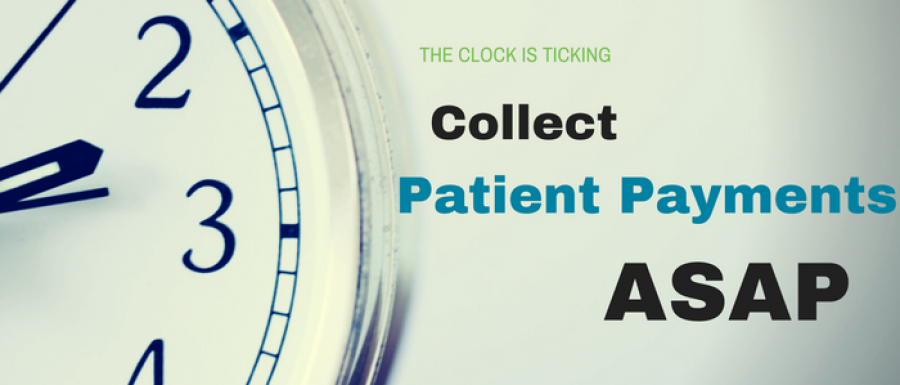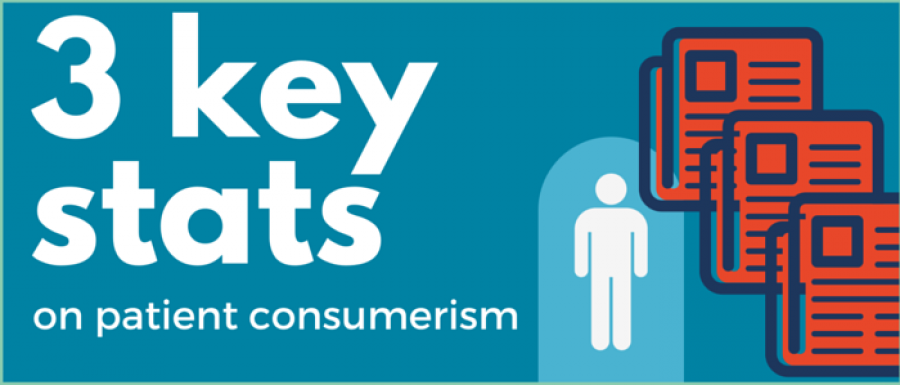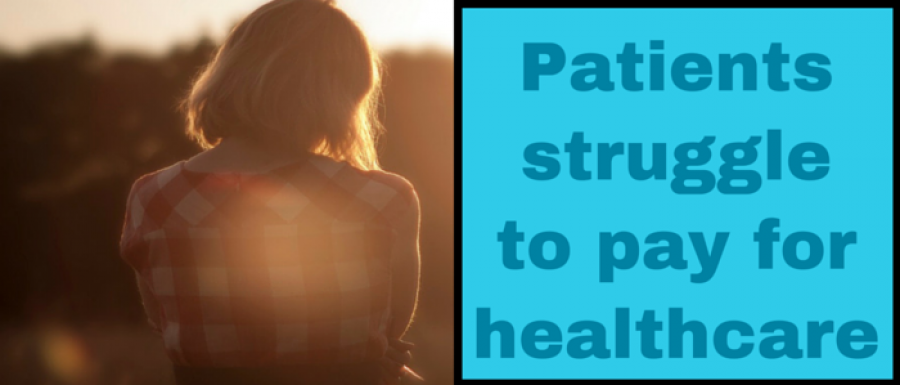
Because many providers report an increase in bad debt since the implementation of the Affordable Care Act, it’s increasingly important to know how to manage patient billing effectively. Small practices just about everywhere have faced a tough transition to healthcare consumerism, and there’s a prevailing belief that patients don’t want to pay for care — a huge problem as more of the responsibility shifts toward them.
Though you might be dubious reading this statistic, there’s encouraging evidence that consumers are willing to pay, according to the findings of a McKinsey & Company study. The research found that 90 percent of consumers will pay out-of-pocket expenses that are up to $500 each year, while 74 percent will pay if that amount increases to $500 per year.
CLICK TO SEE THREE OF OUR BEST TIPS ON BETTER COLLECTING
Key to taking advantage of this declared patient willingness is expediting the billing process. The approach to collecting patient payments needs to be different than the approach to collecting from insurance payers. Traditionally, it often takes months to collect from insurance payers, but there’s less concern in actually collecting from the larger insurance companies. If you follow through on the months-long process, you’re likely to collect.
Essential to successful patient billing, however, is to provide the bill at the time of care, or as soon as possible thereafter (think days, not weeks or months as is too often the case). This is because patients think about paying bills much differently than consumers. If they’re opting into healthcare (and especially if practices are doing things like verifying patient eligibility and providing an up-front cost estimate), they’re more likely to see it as a transaction, a consumer purchasing a service. However, the typical transaction doesn’t take months to pay off — people pay right away. Waiting months to bill makes paying the bill seem like less of a priority, especially if other, unexpected bills come up.
This infographic analyzes patient payments in the era of healthcare consumerism
McKesson numbers confirm the efficacy of billing at the time of service, and the hard truth that waiting will lead to much lower rates of collection and the accumulation of bad debt. Billing at the time of service means collecting the full patient yield at a rate of 90+ percent, while waiting three months lowers that collected revenue to just 73 percent. On a bleaker timeline (but unfortunately a possible scenario for overworked small practices), if it takes 7 months or more to bill, only 29 percent ever collect bills.
It’s so easy to fall into the bad debt cycle and have to either give up on collections or contract out to debt collectors for pennies on the dollar. Doing so, though, damages your bottom line. Though physicians and administrators at small practices are always busy and juggle several different priorities, they simply must prioritize billing at or just after the time of service if getting paid is a chief concern. If your practice can’t handle the in-depth workload of being on top of billing and paperwork, consider finding an experienced medical partner who won’t let payment slip through the cracks. Billing too late is a costly mistake for any provider.


